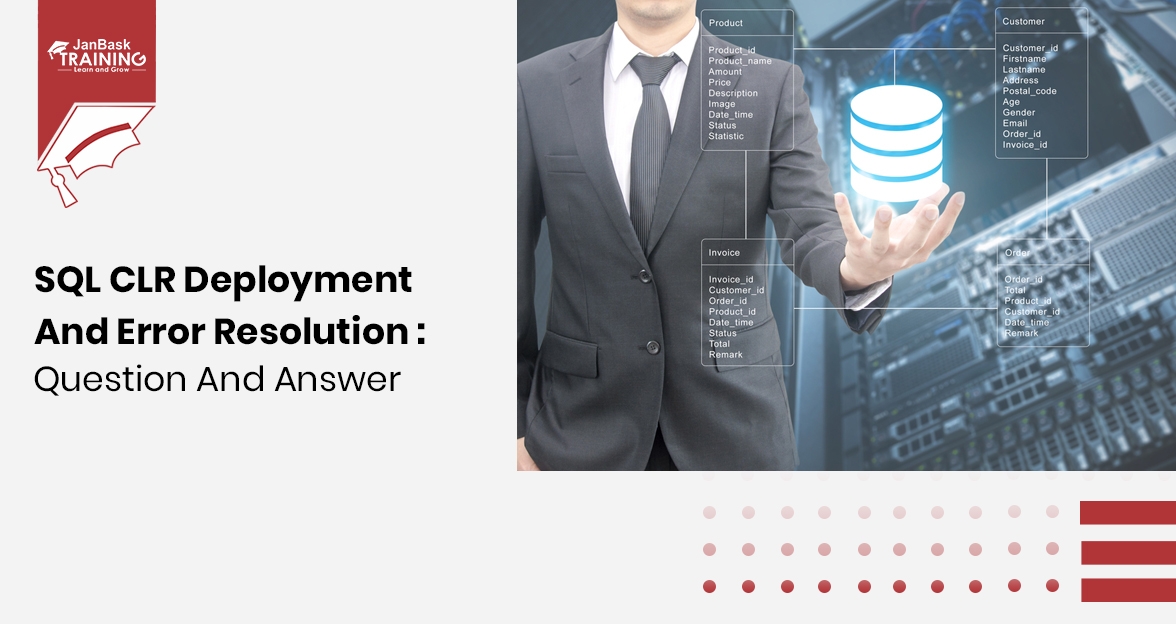 Grab Deal : Upto 30% off on live classes + 2 free self-paced courses - SCHEDULE CALL
Grab Deal : Upto 30% off on live classes + 2 free self-paced courses - SCHEDULE CALL

 Grab Deal : Upto 30% off on live classes + 2 free self-paced courses - SCHEDULE CALL
Grab Deal : Upto 30% off on live classes + 2 free self-paced courses - SCHEDULE CALL

Ans:- Unfortunately, BEGIN TRANSACTION is only applicable to local transactions involving data in a table. These transactions do not apply to an in-memory cache because there is no transaction logging mechanism. For those interested in learning more about distributed transactions, there are various Online SQL certifications available to explore.
Ans: Transactions, whether database-related or not, manage resources. A resource manager is a logical entity responsible for handling resources in a transactional manner (RM). It can be a subroutine, a function, a DLL, an executable, a machine, or anything that supports transactions. An RM has the ability to enlist itself in an ongoing transaction, thereby supporting transactional capabilities.
Ans: Suppose an RM manages its resources transactionally by enlisting in a currently running transaction. In that case, an external entity must manage the transaction. This entity coordinates multiple RMs enrolled in the same transaction, acknowledging new transaction requests, and sending success and failure notifications. This entity is called a transaction manager (TM), transaction coordinator (TC), or distributed transaction coordinator (DTC). Microsoft Windows offers two familiar transaction coordinators: the Lightweight Transaction Manager (LTM) and the Microsoft Distributed Transaction Coordinator (MS DTC). Online SQL certifications training courses are available to learn more about this topic.
Ans: It should be noted that a TC is not always a DTC. Some RMs with transactional capabilities may not require a TC. For instance, SQL Server can manage a transaction independently if it is restricted to a single database. In such cases, SQL Server does not consult the MS DTC for local transactions. To understand this better, it's essential to read about the typical implementation of a distributed transaction, such as the two-phase commit process.
Ans: A two-phase commit process is a common method of performing a distributed transaction. In this process, a transaction involves two RMs and a DTC:
Ans: The DTC on a Windows machine, MS DTC, frequently communicates with the various RMs involved in a transaction. However, this communication may impact the application's performance due to network roundtrips and might be blocked by a firewall. To learn more about Resource Managers, consider taking some SQL training courses.
Ans: RMs that join a distributed transaction often use the serializable isolation level. This level provides a perfect transaction with no dirty reads, phantom reads, or non-repeatable reads, making it the simplest architecture to implement for data consistency. However, this advantage comes at the cost of a significant drop in performance.
Ans:- An RM can enlist in a transaction in various ways, depending on the scenario. Some enlistment methods include:
Ans: Volatile enlistment is suitable for RMs that work with volatile (non-permanent) resources. In this scenario, if the RM cannot perform the commit phase of a distributed transaction, it is not required to recover the prepare phase explicitly. The Lightweight Transaction Manager (LTM), a lightweight TC, typically manages volatile enlistment scenarios, such as managing an in-memory cache where data is temporary. To learn more about this, an Online SQL certification can be beneficial.
Ans: Durable enlistment is necessary for RMs with permanent (durable) data dependent on the transaction for consistency. For example, when writing to a disk file, the RM must prepare a transaction log to handle graceful rollback if a recovery is requested. To understand this further, consider exploring Online SQL server training.
Ans: A transaction's nature can change when new RMs enlist, and this may lead to promotion to MS DTC. For example, a SQL Server database can manage a transaction on its own if limited to a single database. However, if a second SQL Server connection enlists itself in the same transaction, it will be promoted to MS DTC. This typically happens when RMs are no longer capable of managing the transaction independently. Online SQL server training can provide more insights into this topic.
Ans: The promotion to MS DTC comes with certain disadvantages, such as a higher isolation level and increased transaction cost. However, it is crucial to use MS DTC when needed, as it proves to be a lifesaver in certain scenarios.
Ans: Transactions are promoted from LTM to MS DTC based on specific events, including the involvement of durable resources that do not support single-phase notifications, enlistment of two durable resources supporting single-phase notification in the same transaction, and notification to marshal a transaction to another.NET AppDomain or Windows process. For a deeper understanding of these rules, consider Microsoft SQL certification training.
Transactions play a critical role in maintaining data integrity and consistency within database management systems. Understanding terms like Resource Manager, Transaction Manager, and Two-phase Commit is vital in comprehending distributed transactions and their management. The use of MS DTC and various enlistment methods can significantly impact a transaction's performance and behavior. By grasping these concepts, database professionals can optimize their applications and ensure efficient transaction management.

SQL Server MERGE Statement: Question and Answer


Mastering INSERT and OVER DML Syntax: Interview Questions Guide

SQL CLR Deployment and Error Resolution: Question and Answer

Cyber Security

QA

Salesforce

Business Analyst

MS SQL Server

Data Science

DevOps

Hadoop

Python

Artificial Intelligence

Machine Learning

Tableau
Download Syllabus
Get Complete Course Syllabus
Enroll For Demo Class
It will take less than a minute
Tutorials
Interviews
You must be logged in to post a comment